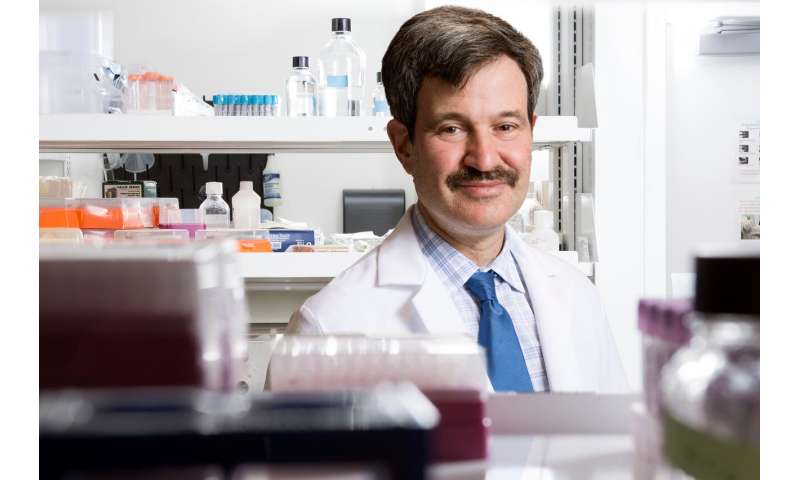
Fifty years after the discovery of methadone, not much has changed in terms of how it’s prescribed to treat opioid use disorder. A new University at Buffalo study on how methadone is metabolized reveals how more individualized prescribing could better serve patients.
The paper, published April 17, reports on a study led by researchers at the Jacobs School of Medicine and Biomedical Sciences at UB that focused on genetic and non-genetic differences in how methadone is metabolized in specific patient populations.
“Methadone prescription has really not changed in the past 50 years since the medication was originally discovered,” said Andrew H. Talal, MD, professor of medicine in the Jacobs School, a physician with UBMD Internal Medicine and lead author of the study.
“The issue with methadone prescribing is that it is very difficult to accurately predict what the correct dose is, and the outcomes can be catastrophic,” said Talal. “If too much is given, it can be fatal, and too little can lead to withdrawal symptoms and potentially the need to use illicit drugs, such as heroin, to diminish the symptoms.”
He described the process of trying to determine the appropriate dose as “laborious and time-consuming.” Dosing usually begins with a low, standardized dose that is then titrated to increasingly higher doses as needed.
“This is a time-consuming and complex process from both the patient and provider standpoint,” he said.
The study was conducted on 97 participants, the majority of which were either African American or Hispanic and more than half of whom were male.
The research was motivated by a desire to bring “personalized medicine” to methadone prescribing, meaning that a patient’s optimal dose will be determined according to characteristics specific to that patient.
“According to the study’s findings, gender, body mass index and ethnic background through encoding of different metabolizing enzymes can all affect how a patient metabolizes methadone,” explained Talal.
The study demonstrates that different ethnicities may encode different forms of the enzyme that metabolizes methadone so that some people metabolize it quickly while others are slow metabolizers, Talal said. Without measurement of these different enzyme forms, he explained, patients may be susceptible to over- or under-dosing and the symptoms and signs associated with each.
“In this study, we found that the individual genotype of the liver enzyme that is responsible for methadone metabolism can have a direct effect on whether a patient is a slow or rapid methadone metabolizer,” said Talal.
The next step is to do larger studies in more racially and ethnically diverse patient populations. Ultimately, the goal is to develop methadone-dosing algorithms that can be applied clinically.
Source: Read Full Article
